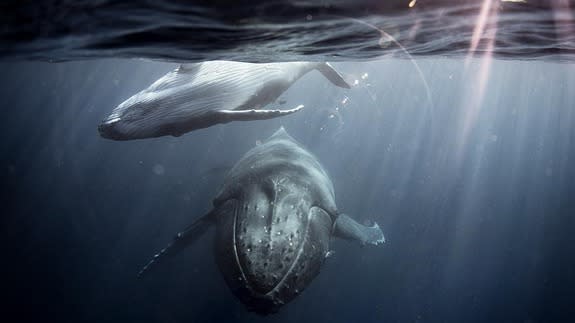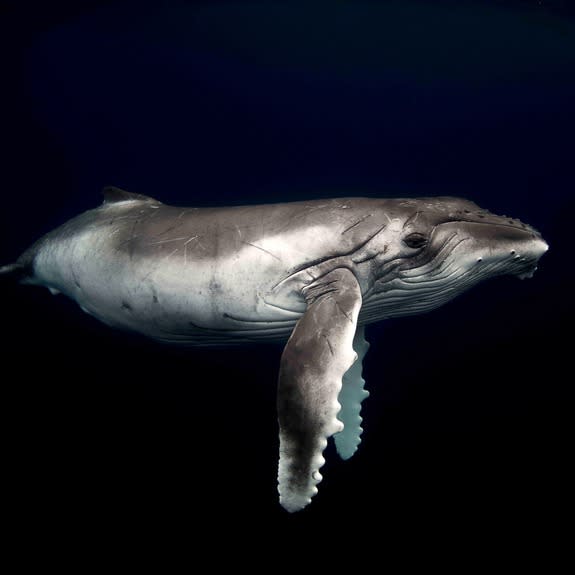The wonder of life beneath the waves in photographs

You've never seen life under water quite like this.
Photographer Michaela Skovranova, 28, captures the creatures that lurk in our oceans with her camera and has been uploading the stunning images to her Instagram account, mishkusk, since early 2012.
SEE ALSO: Great Barrier Reef may perish by 2030s as ocean temperatures skyrocket, study finds
The fascination with ocean life came late to the photographer, who didn't grow up surrounded by beach culture.
"I came from Slovakia, which is a landlocked country. We relocated to Australia when I was 13, but I still really didn't engage with the ocean ... it was quite a terrifying place," Skovranova told Mashable Australia.
Skovranova said her burning desire to explore the world around her was the "extra push" she needed to go underwater. Coming from a family of photographers, her photos tell not only stories of the ocean, but also explore her interior life.
"My primary focus is documentary photography, but it's self-documentary," she said. "It's exploring my own family, and how I connect with nature and our environment as well ... it's self-reflective I'd say, I'm using the environment to express my own emotions."

Image: Mishku Photography
A photo called Love Scars is one of the images Skovranova said is strongly tied to the human experience, especially when it comes to relationships.
"It's a baby humpback whale with soft scratches on her body. Basically, it's an expression between mum and baby who rub up against each other to show affection," she said.
"In our world, in our reality, scratches are usually a negative association. For the humpbacks, I say the more scratches or scars they have, the more loved they were. I think that's something we can connect to our own personal relationships and families."
Skovranova will travel to Tonga in August to photograph the migration of whales, which breed and calve in the warm surrounds of the Pacific Ocean. Despite their size, they're not the easiest creatures to find.
"You might be searching for two or three hours in the morning, or even longer. Some days you might not even get close to a whale," she said.
On the water from 7 a.m. in the morning until sunset, Skovranova will take photos underwater day in and day out for eight to 10 days. She counts on the assistance of locals who help her find the often elusive whales. When the whales are spotted, Skovranova free dives with a snorkel and camera.
Skovranova will film a mini-documentary in Tonga, set to be released later in the year, to show how exactly she takes her photos.
"I feel like it's a very hidden world underneath there," she said. "And we spend such little time down there ... if you're free diving you only get a few minutes. It's just a snapshot of what's there, and the more you go, the more you see," she said.
Also on the agenda, Skovranova will travel to Antarctica and challenge herself with a change of environment. In the meantime, she is taking photos in her own backyard of Manly, a beachside suburb of Sydney, and has plans to experiment with sound and projection. She also has an upcoming exhibition at Sydney's Head-On photo festival.
Not bad for someone who only started exploring the ocean recently.
